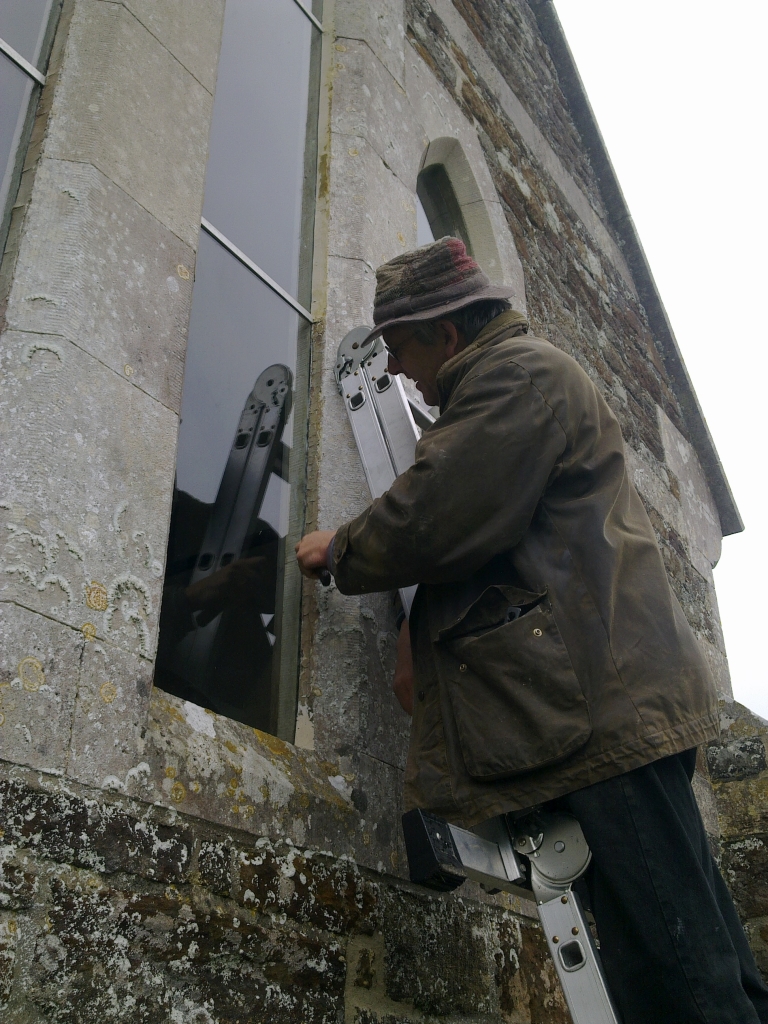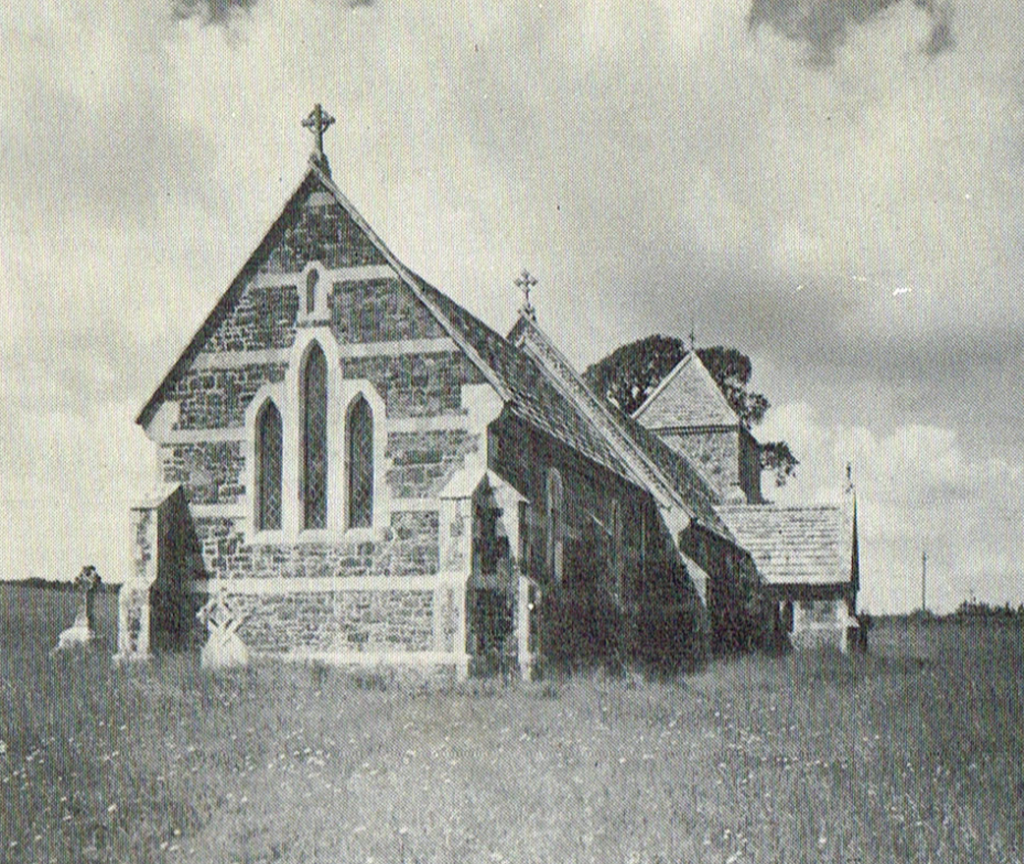
History of The Trust
by Peter Brachi – founder member
The church is recorded as existing as far back as the thirteenth century, but was extensively rebuilt in 1861. Only the tower contains any of the earlier fabric nowadays. It is listed Grade II.
Coombe Keynes today is a shadow of the village which existed in the Mediaeval period, depopulated by changes in agriculture and/or the Black Death. It now consists of a dozen or so homes round a small green, plus a handful of outlying farms and cottages, and three pairs of council-houses built after the last war just far enough away from the village centre to make the residents feel like outsiders.
Apart from the council houses, the church and vicarage, all of the village belonged to the Lulworth Estate until the 1970s, when farming of the Estate was reorganised and the two farms in the village, with all the farm buildings and workers cottages, were put up for sale. Only a handful of ‘locals’ remained in the parish; and attendance at the church was clearly poor. The Diocese took the decision to close it in 1974.

In 1976, I was working for the County Planning Department and the Historic Buildings Officer mentioned to me that the church was likely to be sold, suggesting that I and my wife might be interested in a conversion project. We came to see it but, overlooked as it was by the vicarage, and with problems relating to the conversion (not least sewerage, parking, use of churchyard) we decided it wasn’t for us. Fortunately, walking around the village after looking at the church, we saw a sale sign on West Coombe Farmhouse which fitted our specifications very closely and we purchased that instead.
At this time the village was experiencing a remarkable re-birth, as other young couples purchased the vicarage and several of the barns for conversion, and set about raising families. We considered that it would be regrettable for the one public building in the village to be lost and set about trying to find a way to keep it for the village, (after all there could be another religious revival!).
There hadn’t been a meeting of the Parish Council for several years, so we revived it as a Parish Meeting and suggested to the parishioners that we might take the church on as a village hall. I was the first Chairman of the revived Parish Meeting, and soon discovered that it was a hopeless mechanism for taking such decisions: one meeting would agree to go ahead, and the next would back-pedal! Accepting that the parish would never take on this responsibility, the sub-committee who had taken on the task divorced itself from the Parish Meeting and set about the business of setting up a charitable trust to take on responsibility for the building. In 1980, the Coombe Keynes Trust’s constitution was approved and the Diocese handed over the building into our care. (Having initially insisted that we must raise an endowment of £10,000 to cover the care of the building – which we started trying to do – the eventual price was £10.)
The church was substantially rebuilt in 1861, and with (fairly) sound Purbeck stone roofs, the burden of keeping the building in reasonably good repair has not since been too onerous. Today, we continue a program of upkeep and modernisation which we hope will maintain the church for community use well into the future.

